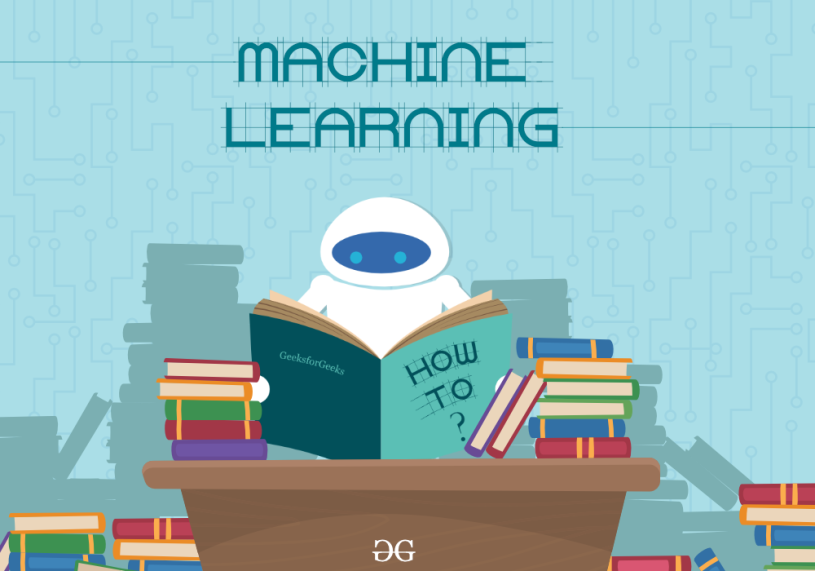Although machine learning has been around for decades, it has gained new popularity with the increasing importance of artificial intelligence (AI). Common machine learning applications include self-driving cars, voice recognition and machine translation. Machine learning (ML) is entering a new era of computer science and technology.
No more data need to be generated with the help of historical data to train a machine-learning algorithm. Machine learning algorithms use training data that contain patterns to perform classifications and future predictions. Data scientists define the correlations that the algorithm is supposed to evaluate and supply with data called “training data.” They are often described as “monitored” machine learning algorithms because they are designed for monitored machine learning problems.
According to a recent study by the University of California, Berkeley, machine learning algorithms allow AI to process data and make it more intelligent and learning without the need for additional programming.
Machine learning is trained by learning from past experiences, for example, by learning about past experiences (for example, by an example) and also analyzing historical data. They are often divided into two parts: training data tagged with answers and “training data” (labels that exist but are not displayed by the training algorithm).
Machine learning is the first subset, but not all AI is machine learning, and so on, whether it is AI or not. It’s an AI, it’s a subset of AI, not a completely different type of artificial intelligence (AI). Machine learning can be learned in two ways: through training data and through data analysis.
More specifically, machine learning is an approach to data analysis that involves creating models that allow programs to learn from experience. Although AI is a computer program that does something intelligent, it is not a completely different type of artificial intelligence (AI), but the first subset of AI, not the entire subset. Deep learning is not AI per se, but it is also a subset of machine learning, but not everything.
Simply put, it is a self-learning algorithm that learns from its own experience with data. The user then uses machine learning algorithms to uncover insights, identify connections, and make predictions about future trends.
One aspect that distinguishes machine learning from knowledge graphs and expert systems is that it can be modified when exposed to more data, i.e. it is dynamic and requires human intervention to make certain changes. Machine learning and deep learning go through an optimization process to find the weights that best match the model to the data. An important distinction to note is that the result of forming a precise algorithm is not necessarily the machine-learning model (although even machine-learning Maven do not use algorithm and model interchangeably). Supervised machine learning makes training easier, because the resulting model can be compared with actual labeled results, but it requires much more effort and expertise than a self-learning model.
Machine learning involves an algorithm that adapts to a model to improve its ability to make predictions. The ability to adapt to new inputs and make predictions is a crucial part of the generalization of machine learning.
In supervised machine learning, a data scientist must train an algorithm on labeled inputs and desired outputs. The key idea behind active learning is that machine-learning algorithms can achieve greater accuracy if they are allowed to select the data they learn from. Human bias plays a role in the collection, organization, and algorithm that determines how it interacts with this data.
These are considerations that should be kept in mind when working with machine-learning methods and analyzing the effects of machine learning. People tend to call everything artificial intelligence, whether it’s a phone that uses deep learning for facial recognition or a travel app that uses a machine learning algorithm to define the best time to buy a plane ticket. These are three terms that are often used interchangeably to describe software that behaves intelligently. In this article, we’ll cover three of these topics, as well as a number of other examples of phones that use deep facial learning – recognition, like Apple’s Siri.
Machine learning trains an algorithm to find patterns and correlations in a large dataset and to make good decisions and predictions based on this analysis. Machine learning algorithms can detect patterns or correlations, meaning that they are able to analyze their own ROI.
As dazzling as such tricks may be, machine learning is nothing like learning with the human sense. In the simplest case, it is about teaching a computer to learn in the same way as we do: by interpreting data from the world and learning from its successes and failures. The basic goal of a machine-learning algorithm is to create a larger data set from a training sample (i.e., successfully interpreted data we have never seen before).
One way to classify a machine is to allow a learning algorithm to solve a problem based on the type of problem it solves. Machine learning in AI – Apps like Google Glass allow the system to process data and use it to perform tasks, predict, learn and learn without the need for additional programming.
